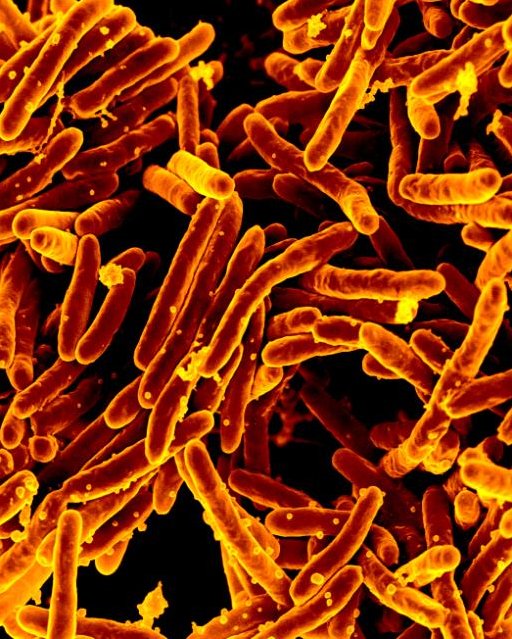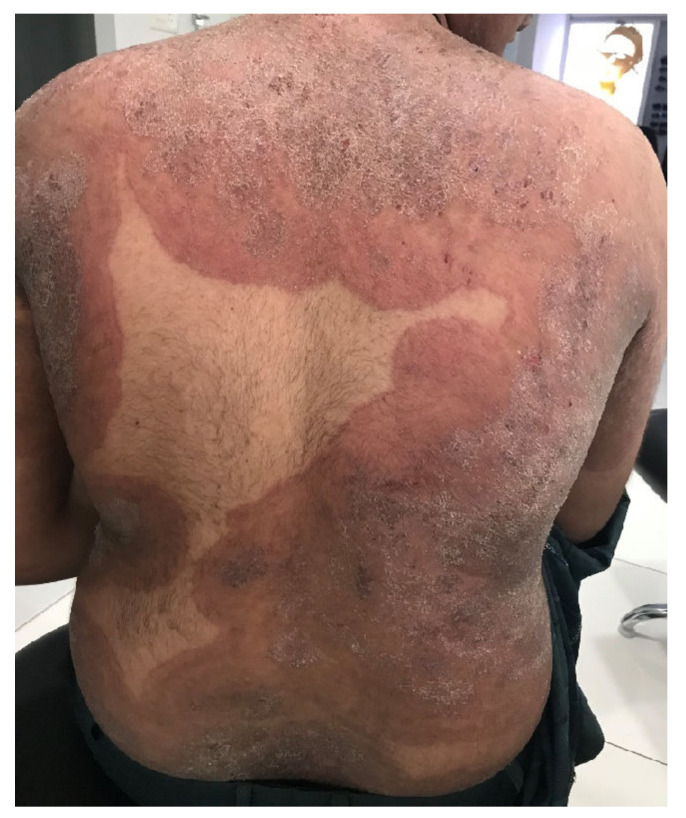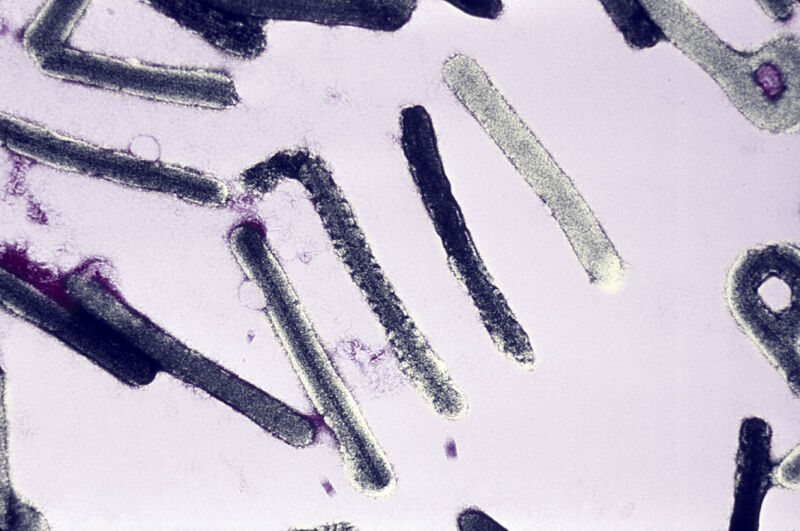-
 chevron_right
chevron_right
Amid US’s shameful maternal death rate, survey finds widespread mistreatment
news.movim.eu / ArsTechnica · Tuesday, 22 August, 2023 - 23:16

Enlarge (credit: SIBAS_minich | iStock / Getty Images Plus )
With the US maternal death rate already the highest among affluent countries and still rising, a new study by the Centers for Disease Control and Prevention suggests pregnant people experience high levels of mistreatment and discrimination during maternity care.
The survey of 2,402 mothers from around the country found that one in five experienced some type of mistreatment by health care providers during their maternity care. The most common forms included having health concerns ignored or dismissed (10 percent), being shouted at or scolded (7 percent), having their physical privacy violated (5 percent), and having a provider threaten to withhold treatment or force them to accept unwanted treatment (5 percent). Additionally, nearly 30 percent of survey takers reported experiencing discrimination during their maternity care, including their race, age, weight, and income.
Black, Hispanic, and multi-racial mothers reported the highest rates of mistreatment and discrimination. These racial disparities mirror disparities seen in pregnancy outcomes; mothers in these groups face the highest maternal mortality rates in the country. Black mothers, for instance, are three times more likely to die from pregnancy-related causes than white mothers.








